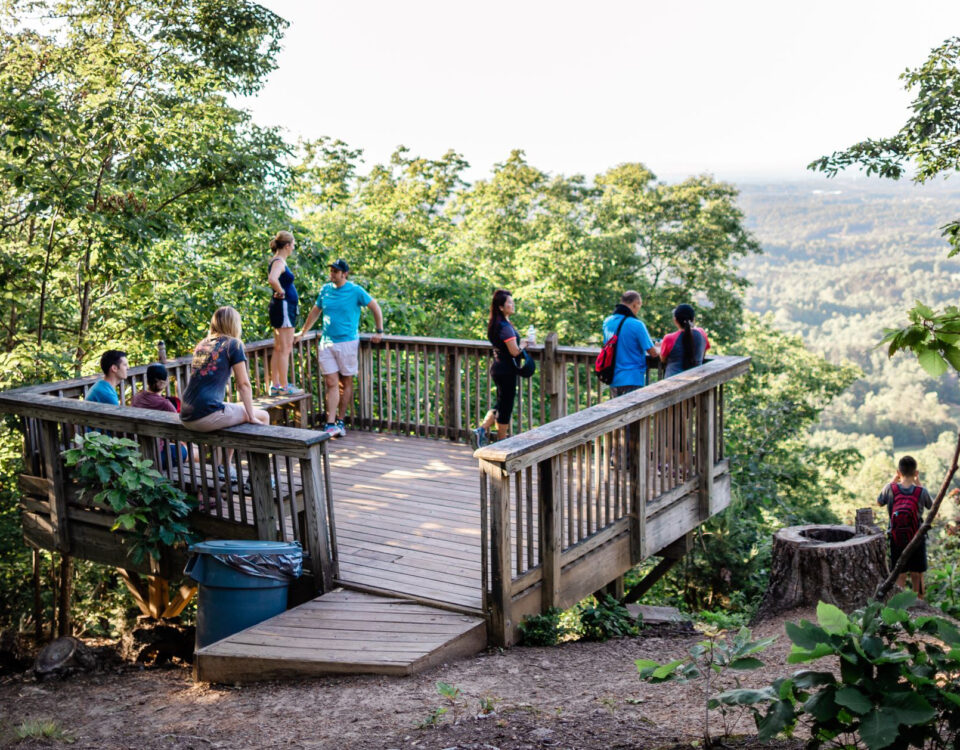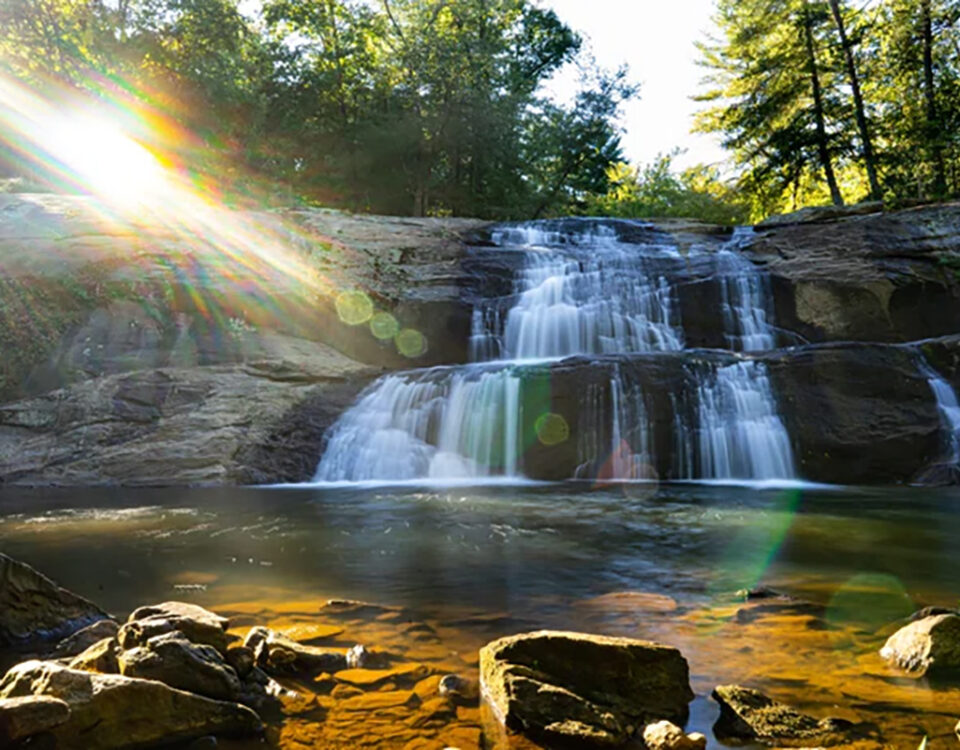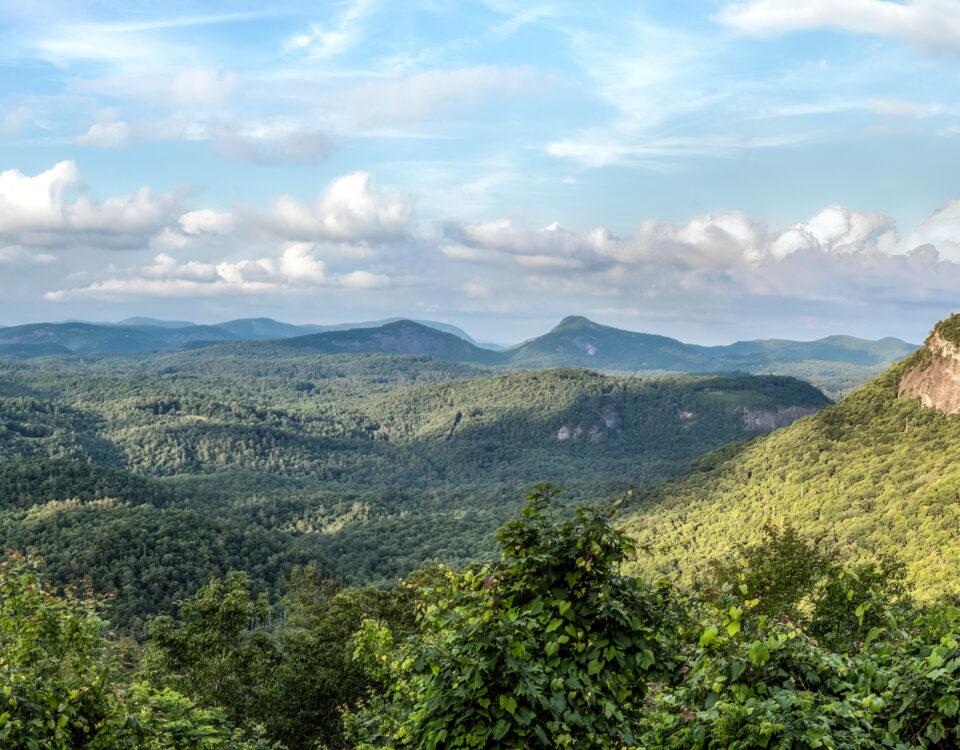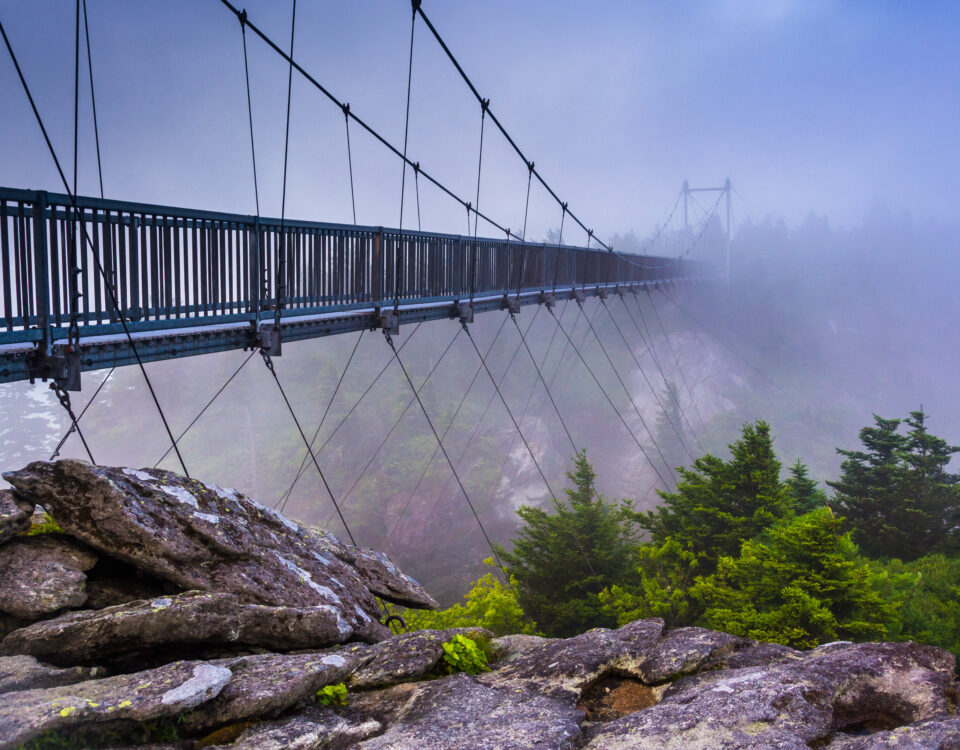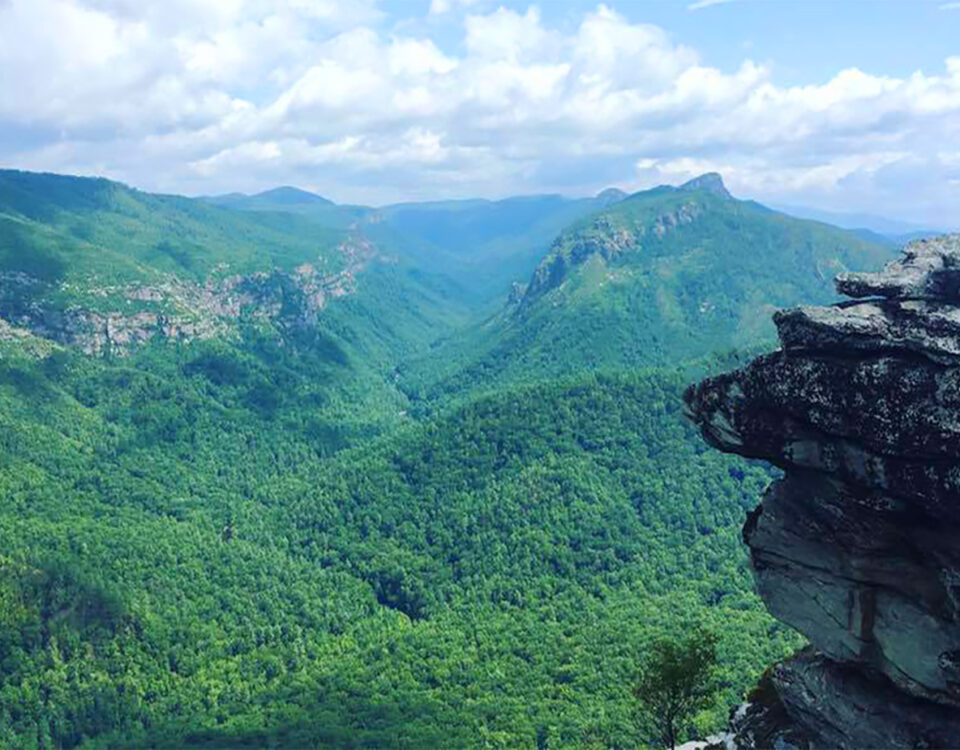Hiking in Western North Carolina
Embarking on a hiking adventure is more than just a physical journey; it's a profound exploration of the natural world and a deep dive into the essence of personal challenge. Hiking trails, from serene forest walks to rugged mountain ascents, offer an unparalleled opportunity to connect with nature, witness breathtaking landscapes, and discover the boundless beauty that lies just beyond our everyday surroundings. Whether you're a seasoned hiker seeking your next great summit or a beginner looking to take your first steps on a wooded path, hiking embodies the spirit of adventure and self-discovery.
This guide is your compass to navigating the diverse and rewarding world of hiking. It's crafted to inspire and inform, providing essential insights into preparing for your hike, understanding trail etiquette, and ensuring safety while immersed in the wilderness. With each step on the trail, you'll find yourself moving closer to nature's heart and further from the hustle and bustle of daily life. Hiking is not just a physical activity; it's a pathway to mindfulness, a chance to rejuvenate, and a means to foster a deeper appreciation for our planet's incredible landscapes. Welcome to your hiking adventure—a journey that promises to enrich your body, mind, and soul.


